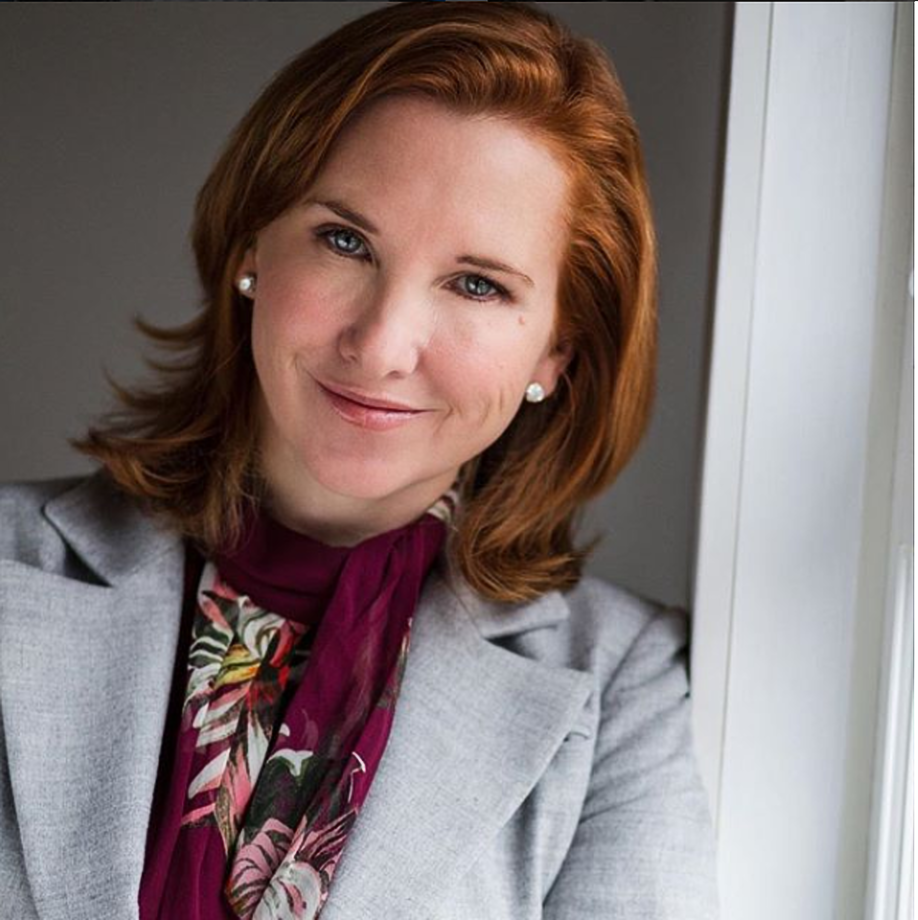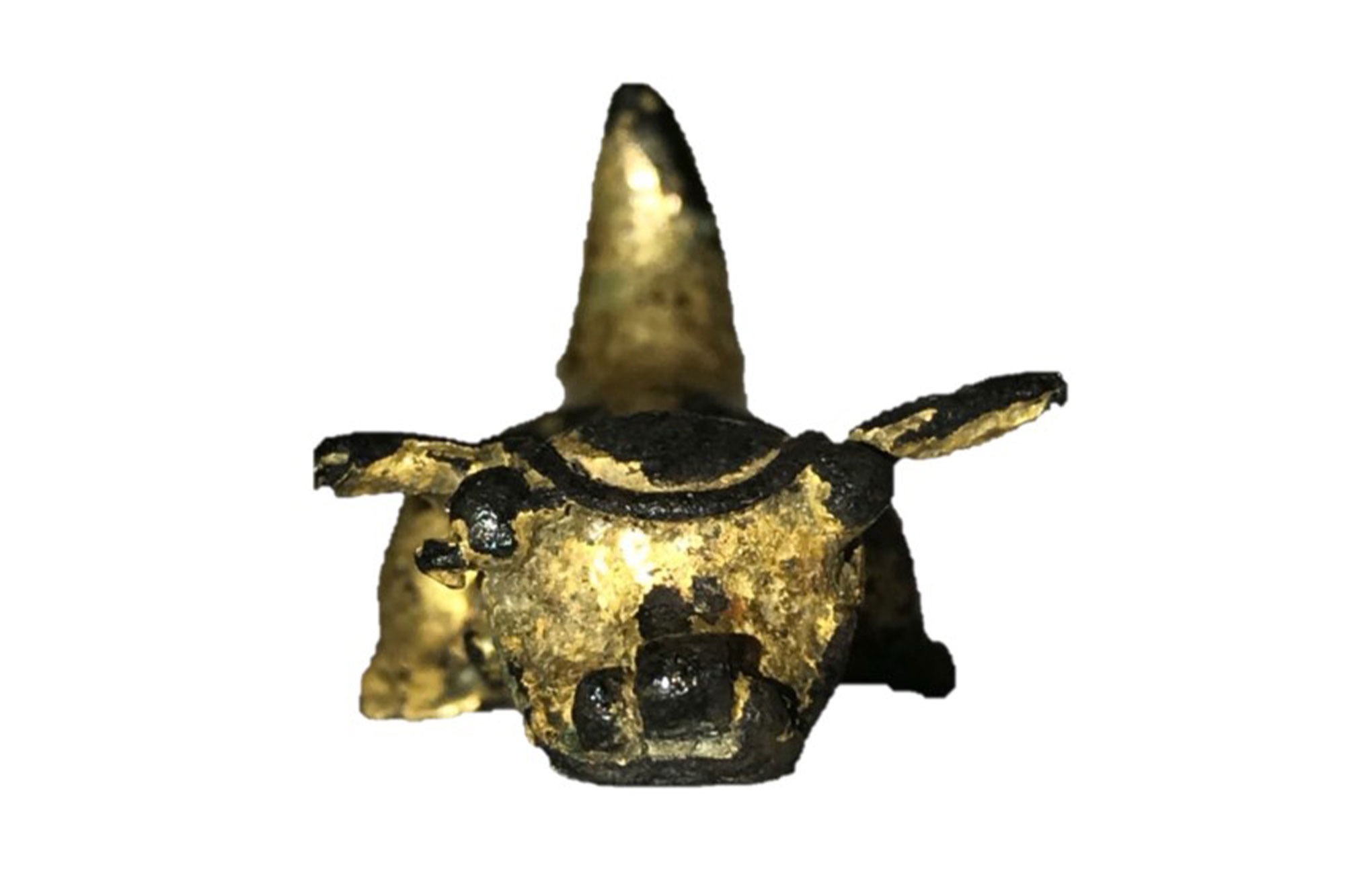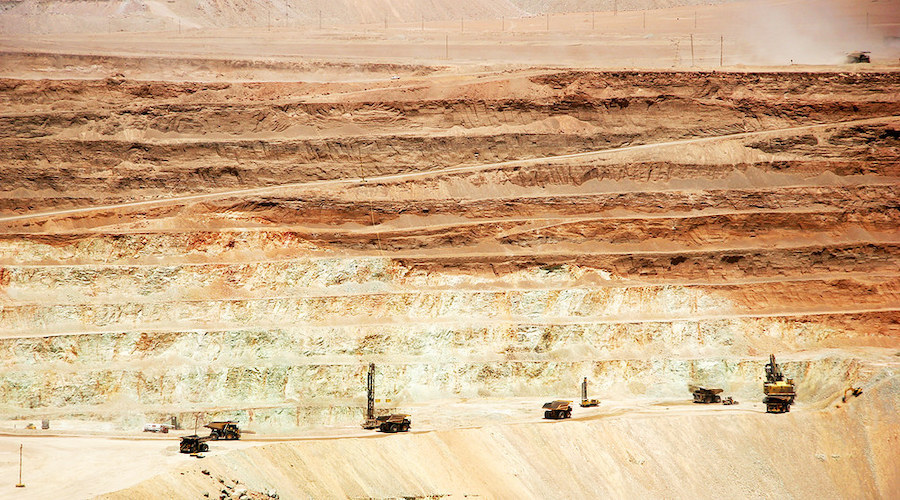So the 49-year-old was a little taken aback when an investor recently suggested she needed to hire an engineer as chief operating officer to back her up in the executive suite. She was, after all, only a geologist.
“I’m 30 years in this business,” said Thomas, who took over as chief executive officer of Vancouver-based Lucara Diamond Corp. in February. “I’ve been involved in multiple projects that have gone on to become mines. I sit on the board of Suncor. And I just wonder if a male, newly appointed CEO with the same credentials, would have faced the same commentary?’’
Therein lies one of the biggest hurdles to getting more women into top jobs in mining: the conviction that leaders need to start out building mines, typically in remote locations, in order to run them. Drawing women from legal, sustainability or finance departments while finding flexible ways to get them operational experience will be key to attracting the talent the industry needs to thrive, mining leaders such as Thomas say.
Digging holes
The materials industry, which includes miners, trails all other sectors in the Bloomberg World Index on rates of female participation, both in the broader workforce and management. Only one in 20 global miners are headed by women, according to data compiled by Bloomberg from companies that supply a gender breakdown.
Thomas cut her teeth mining, spending childhood summers exploring the North with her prospector father. When she decided to follow in his footsteps, the thought of working months at a time in “fly-in, fly-out’’ camps didn’t faze her.
Remote camps
“Eira’s different because she likes to prospect, and she’s been in the bush, and she likes it,’’ said Lukas Lundin, the commodities titan who co-founded Lucara Diamonds with Thomas and Catherine McLeod-Seltzer in 2007. “Mining doesn’t attract that many females to dig holes in the ground.’’
Female geologists argue it’s not the digging, it’s the need to live for weeks, or even months in the bush, especially during child-rearing years, that can be a problem. But there are other ways to get to the top.
Barrick Gold Corp.’s Catherine Raw spent more than a decade as a portfolio manager at BlackRock International Ltd. before becoming an executive at the world’s largest gold producer. Having studied geophysics at Cambridge and mining finance at Imperial College London, the 36-year-old chief financial officer of the firm enjoyed exploration but said a life in London held more appeal.
Socially aware
“There’s this bias of senior management, that a CEO can only be a miner, they have to have got their fingers dirty building things,’’ Raw said. “What that has led to is a lack of understanding of how really to add value — and it’s not just about production.’’
As miners are increasingly asked to demonstrate the benefits they bring to society, Raw and Thomas say diverse backgrounds are key. Management teams need to be politically, environmentally, socially and financially adept, as well as strong on the technical front, Raw says.
Thomas says more women will help the sector innovate and become more transparent — and that will also help attract the millennials who will be their next workforce.
Raw was pregnant in 2015 when Executive Chairman John Thornton asked her to join Toronto-based Barrick. She suggested they talk in a year. He wasn’t fazed and helped her make it work. She joined the miner two months before her daughter was born but worked from London. After the birth she took three months leave and worked from home for another four. She joined her colleagues at the Canadian headquarters in January 2016; three months later she became CFO.
Companies are finding creative ways to boost their female ranks. BHP Billiton Ltd., which is aiming for a gender-balanced workforce by 2025, has sought to poach female employees from other careers, including nurses, emergency call center operators and military logistics experts. Billionaire Gina Rinehart has targeted women’s sports teams for recruits for Roy Hill Holdings Pty’s iron ore mine in Western Australia.
Targets are also becoming more common; Toronto-based nickel miner Sherritt International Corp. is part of a voluntary initiative that calls for Canadian companies to boost female executives to 30 percent by 2022. Currently only one of its eight senior executives is female, and two of eight board members.
Bigger pipeline
Keeping women in the pipeline is also important. When Sherritt began gathering data on its female workforce, it discovered it was hiring women at a faster rate than its 15 percent average suggested — but losing them even more quickly, said CEO David Pathe, 49. The company is looking for ways to reduce the amount of work that needs to be done at remote locations and rethinking how much mine experience executives really need “because there just aren’t a lot of women with 20 years of operational experience.’’
Finding qualified women for board positions is much easier, Pathe said, a claim born out by the data. Women directors at mining companies in the Bloomberg World Index has risen to 13 percent from 5 percent in the past five years.
Women dominate the board at Australia’s Fortescue Metals Group Ltd., the world’s fourth-largest iron ore exporter. CEO Elizabeth Gaines, is also female, as is its deputy CEO.
“We are seeing more women on boards, but in the C-suite and in executive roles, that’s somewhere where we are not making much progress,” said Gaines, an accountant and former travel-industry executive, who was promoted from CFO to lead the company in February.
Part of the problem is that women can make the same money, working fewer hours, by accepting two or three directorships, Thomas says. “You do have a lot of high potential women that are opting out of their careers because they’re being head-hunted for boards.”
While quotas would speed things up at the executive level, they make all three women uncomfortable. Even a whiff of “tokenism” risks undermining top women, Raw says, while Gaines says leadership positions must be filled on merit.
Box-ticking exercise
“If I had thought for one moment, when I showed up for my first Suncor board meeting, that I was a box-ticking exercise, I think it would have killed my ability to participate effectively,’’ said Thomas. “It was intimidating enough as it was.’’
Then there’s the issue of children. Raw’s husband is self-employed, providing another level of flexibility. Thomas is a single mother but has a vast network of family who live minutes away.
Keeping new parents engaged isn’t easy and miners are trying different ways to help employees balance the demands of work and family. At Fortescue, where women are dominant in leadership, the company has introduced 24-hour child care, flexible hours at its offices and remote operational sites and is attempting to woo more female apprentices and trainees.
“I had a female geologist who worked for me 15 years ago who actually brought a baby into camp,’’ Thomas said. While it wouldn’t work at every site or situation, it’s one example of how accommodations can advance ambition. “The baby was at an age where it could go into a backpack and she could continue to map all day – and it worked out brilliantly.’’
(Written by Danielle Bochove and David Stringer)





Comments